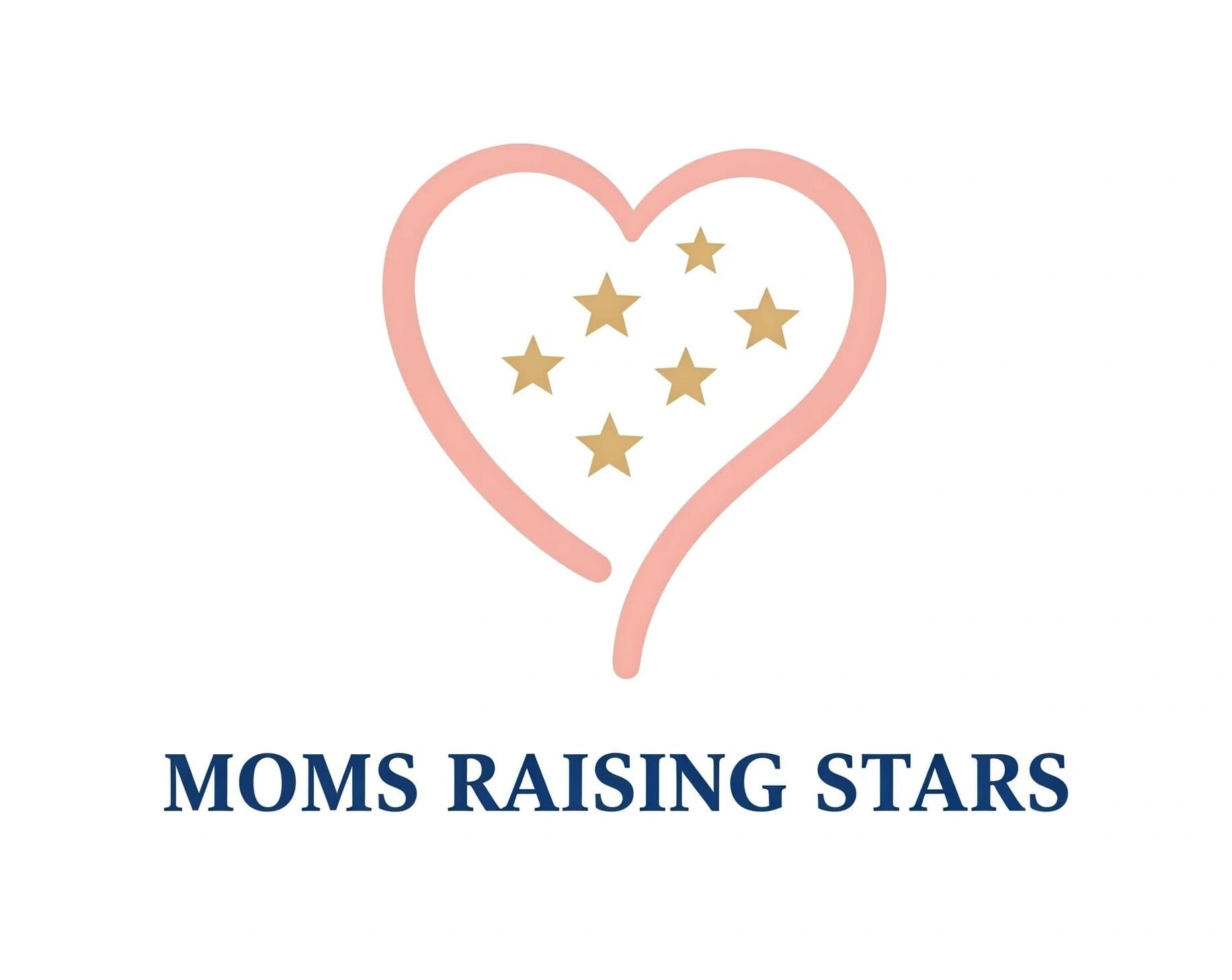Tags: MRS Motivate

Boy, age 7, suspected of Autism Spectrum Disorder (ASD) and Speech Developmental Delay
Q: At what age was your child when you first suspected that there might be developmental issues, and what made you decide to go for an assessment?

It was around the age of three that my boy showed noticeable differences in communication compared to other children his age. His speech development seemed delayed, and he wasn’t speaking as much or as clearly as his peers. Additionally, he often did not respond when certain people called his name, which raised some concerns. Observing these signs, we decided it would be best to seek a professional assessment to better understand his developmental progress and determine if any support or intervention was needed.
Q: What happened after the assessment? Were you recommended therapy? How did you know and get your child enrolled with EIPIC?
When I first received the news, it felt as if my whole world had come crashing down. I had noticed that he was experiencing speech delays and displaying some traits associated with autism, but hearing it confirmed was overwhelming. It was a mix of emotions—concern, fear, and uncertainty about what the future would hold. After the assessment, we were advised to enroll him in the Early Intervention Programme for Infants and Children (EIPIC), where he could receive the necessary support and therapy to help with his development. While it was a difficult moment, I knew that early intervention was the best step forward for him.
Q: What challenges did you face? How did your family and your child overcome them?
Through the Child Development Centre (CDC) at KK Women's and Children's Hospital (KKH), we received a recommendation for early intervention. After a thorough assessment, the specialists advised us to enroll him in the Early Intervention Programme for Infants and Children (EIPIC) to support his developmental needs. The enrollment process was facilitated through SG Enable, an agency that helps connect families with essential services and resources for children with developmental delays and disabilities. This guidance provided us with a clearer path forward, ensuring that he would receive the necessary support to help him thrive.
Q: How long and how often were your child’s therapy sessions, and what improvement did you see in your child? What other improvements do you expect to see in the future?
We faced significant challenges in engaging him in two-way conversations, as he struggled to express himself and respond meaningfully during interactions. Communication felt mostly one-sided, making it difficult to understand his needs, thoughts, and emotions.
In addition to speech delays, he also experienced food sensory issues, which further added to our concerns. His diet was extremely limited—he would only eat a small selection of foods, mainly biscuits and homemade porridge. Introducing new textures or flavors was a challenge, as he would often refuse unfamiliar foods. These difficulties made me worry about his nutritional intake and overall well-being, but we remained hopeful that, with the right support and intervention, he would gradually make progress.
